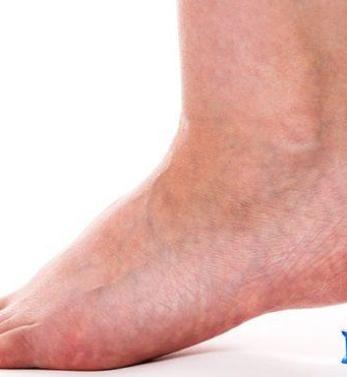

Heel spurs can occur as a result of conditions such as injury, overload or strain in the muscle and connective tissue for a long time. Overexertion causes compression of the heel bone (calcaneus) and the formation of a heel spur.
Heel spurs usually develop over time. It does not appear suddenly after exercise or sports. Heel spurs can often give early symptoms such as heel pain.
Heel spurs can be caused by walking on hard surfaces, wearing unsupported shoes, running, jumping or jumping. In addition, heel spurs may develop due to some diseases.
These;
Arthritis
Obesity
Non-orthopedic shoes
Walking problems
Flip flops
Many people with heel spurs often also have plantar fasciitis. The hard, fibrous tissue that runs between your heel and toes is painful when walking. Having plantar fasciitis allows the development of the heel spur.
Risk factors
There are a number of factors that increase the risk of heel spurs.
These:
Sports activities: Running and jumping
Hard surfaces: Walking on hard surfaces or preferring hard-soled shoes
Trauma: Traumas such as heel slamming, hard hitting
Aging: Heel spurs may develop with advancing age.
Excess weight: Pressure on the heel as a result of being overweight
Unsuitable shoes: Choosing shoes with hard soles, heels or non-orthopedic
Some diseases that can cause heel spurs are;
Reiter's disease
Spine or lumbar rheumatism
Diffuse idiopathic skeletal hyperostosis
Plantar fasciitis